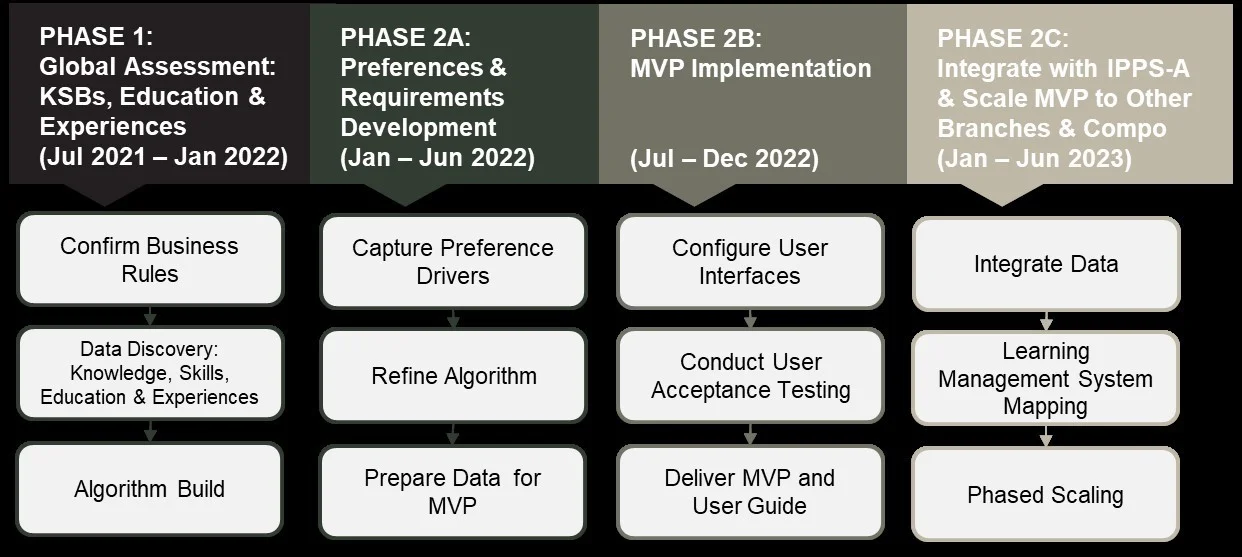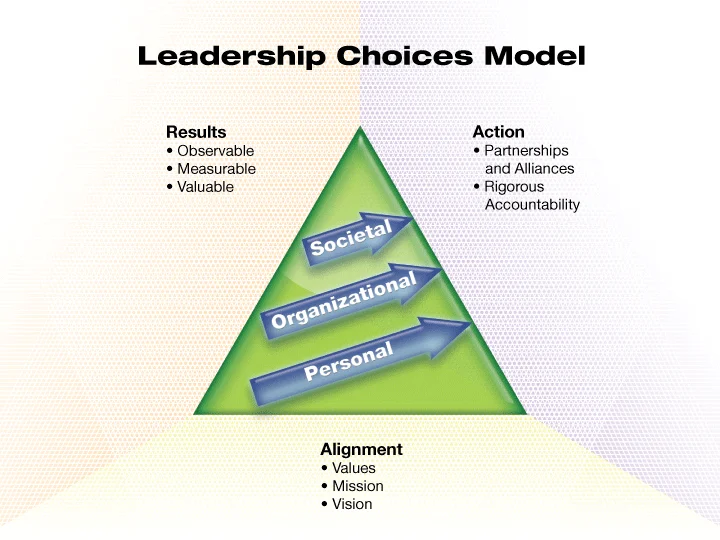
Are you looking to improve your coaching skills and see real results? The GROW Model might be just what you need. It's a framework that's been making a difference in coaching sessions worldwide. A study by the International Coaching Federation found that coaches using models like GROW often see happier clients and better goal achievement. In this article, we'll explore how the GROW Model works and how you can use it to step up your coaching. We'll cover everything from practical tips to using tech in your sessions. Whether you've been coaching for years or are just getting started, the GROW Model could be the change you've been searching for. Let's see how it can enhance your coaching sessions!
Understanding the GROW Model Framework for Coaching Techniques
Definition and Origin of the GROW Coaching Model
The GROW model, created in the 1980s by John Whitmore and his team, is a coaching framework designed to guide sessions smoothly. It stands for Goal, Reality, Options, and Will. These four stages assist individuals in setting and achieving goals by assessing their current situation, exploring potential solutions, and deciding on actionable steps.
Renowned globally for its simplicity and effectiveness, the GROW model is widely utilized in both personal growth and business development. For instance, a coach might employ the GROW model to enhance team communication by identifying issues, devising strategies, and committing to specific actions.
Importance of the GROW Model in Coaching
The GROW model provides a structured framework that helps maintain focus and organization in coaching sessions. It emphasizes setting goals using SMART criteria, ensuring that goals are specific, measurable, attainable, relevant, and time-bound.
- Reality Stage: Encourages self-reflection, enhancing critical thinking and awareness.
- Exploring Options: Opens up creativity and innovation.
- Will Stage: Ensures accountability through commitment to actions.

Its flexibility makes the GROW model suitable for both quick check-ins and more in-depth sessions, playing a significant role in employee growth and leadership coaching.
Step-by-Step Guide to Implementing the GROW Model
Establish the Coaching Agreement for Effective Growth
When you start using the GROW coaching model, the first step is to establish a coaching agreement. This foundational step sets the stage for a supportive coaching relationship. Begin each session by discussing:
- The client's expectations
- Their goals
- What they hope to achieve
Building trust is essential, so ensure the environment feels safe and comfortable. Use ice-breaker questions and clarify the roles and purposes of both you and the coachee. It’s crucial to:
- Discuss the purpose of the coaching
- Define each person's role
- Agree on session duration and frequency
- Maintain confidentiality
A clear agreement helps create a structured environment where the coachee feels understood.
Learn more about establishing a coaching agreement.
Define the Goal (G) for Coaching Success
Setting a clear goal is a pivotal part of the GROW coaching model. Encourage the coachee to pinpoint exactly what they want to achieve. Ensure the goal is:
- Within their control
- Meaningful to them
Decide if it's an outcome, performance, or progress goal. Use the SMART framework: Specific, Measurable, Achievable, Relevant, and Time-bound. This framework helps tailor your approach and track progress. Ask questions like:
- "What exactly do you want to achieve?"
- "How will you know when you've done it?"
For example, a coachee might say, "I want to improve my public speaking skills to confidently lead meetings by the end of the quarter." Explore more about defining goals.
Explore the Current Reality (R) in Coaching
To explore the current reality, take an honest look at where the coachee stands now. Encourage them to evaluate what's happening and why. Discuss:
- What they've done so far
- The results they've achieved
Identify any internal obstacles or resources that might be affecting progress. Use open-ended questions like:
- "What obstacles are you facing?"
- "How can I support you further?"
This exploration helps you understand the gap between where they are and where they want to be.

For instance, the coachee might say, "I often get nervous during presentations and haven't practiced enough, which affects my confidence." Read more about exploring the current reality.
Generate Options (O) for Coaching Growth
Generating options involves finding different ways the coachee can reach their goals. Hold a brainstorming session to think of various strategies to move from the current reality to the goal. Encourage creative thinking without judgment. Discuss:
- How to overcome earlier obstacles
- Evaluate options for feasibility and impact
For example, options might include:
- Joining a public speaking club
- Practicing with a mentor
- Recording practice sessions for feedback
Evaluating these options helps the coachee choose the best strategies. Discover more about generating options.
Determine the Will or Way Forward (W) in Coaching
Determining the will or way forward is about securing the coachee's commitment to their action plan. Decide on specific steps they'll take to move toward their goal. Create a detailed plan with:
- Timelines
- Milestones
Summarize what they've learned and what changes they'll make, confirming their commitment and setting up accountability. Identify future obstacles and how to tackle them, clarifying support or development needs. Ensure the coachee has a clear roadmap and stays focused on progress. For instance, they might commit to attending weekly public speaking sessions and scheduling bi-weekly check-ins to review progress and adjust plans. Learn more about determining the way forward.
The Effectiveness of the GROW Model in Coaching
The GROW coaching model, developed by Sir John Whitmore in the 1980s, is popular worldwide. Its effectiveness stems from its structured approach, which includes four steps: Goal, Reality, Options, and Will. The model focuses on engaging the coachee rather than giving direct advice, which boosts engagement and the chances of positive results. It aligns with self-determination theory, emphasizing intrinsic motivation by helping clients find their own solutions. This approach is widely used in leadership and executive coaching as well as life coaching. Learn more about the GROW model.
Implementation and Best Practices for GROW Model Coaching
Implementing the GROW model involves:
- Defining clear, measurable goals with the coachee
- Assessing the current reality by exploring the coachee's situation, obstacles, and resources
- Generating multiple options and strategies creatively without judgment
- Determining the will or way forward by deciding on specific action steps, establishing accountability, and planning for possible obstacles
Regularly review progress and adjust the plan as needed. Best practices include:
- Active listening
- Asking powerful questions
- Maintaining flexibility to adapt the model to individual needs
- Celebrating successes to motivate and build confidence
Coaches should create a safe, non-judgmental space, challenge limiting beliefs, and support clients in creating realistic action plans with clear milestones. Explore best practices for the GROW model.
The Impact of the GROW Model on Coaching Outcomes
The impact of the GROW model is well-documented. A study by the International Coach Federation (ICF) shows that 70% of participants who received coaching using the GROW model improved both their performance and self-awareness. Major corporations like Google and IBM use the GROW model in leadership training, resulting in better employee engagement and retention. Executive career coaching research indicates that the GROW model enhances leadership abilities through its focus on self-reflection and organized goal-setting. This demonstrates the model's effectiveness in various professional settings and its potential to drive positive outcomes. Read more about the impact of the GROW model.
Practical Applications of the GROW Model
Enhancing Leadership with GROW Coaching Techniques
The GROW coaching model is a staple in leadership and organizational development. It's all about improving employee performance and hitting those goals. Leaders use it to invest in their team's growth, making it a key part of moving the organization forward.
The model is both structured and flexible, perfect for quick chats or deep coaching talks. By setting clear goals, understanding the current situation, exploring options, and committing to plans, it helps people take charge and grow. This approach boosts productivity and communication.

Personal Growth Through GROW Coaching Techniques
The GROW model is well-known for personal development, helping folks set and reach their goals. It provides a clear path for coaching talks, focusing on:
- Goal setting
- Problem-solving
- Personal growth
The model helps people define their goals using the SMART goal framework, ensuring they are specific, measurable, achievable, relevant, and time-bound. This clear-cut method boosts self-awareness, decision-making, and personal growth.
Enhancing the GROW Model with Technology
Digital Tools for Effective GROW Coaching
Digital coaching platforms enhance the effectiveness of the GROW model by:
- Setting Goals: Clearly define what you want to achieve.
- Checking Progress: Regularly assess your current standing.
- Brainstorming Options: Explore various strategies and solutions.
- Planning Next Steps: Outline actionable steps moving forward.
These tools make conversations more effective by providing structure and clarity.
AI Coaching Tools for GROW Techniques:
- Data Insights: Offer valuable data-driven insights to guide decision-making.
- Tailor-Made Development Plans: Customize plans to suit individual needs.
- Instant Feedback: Provide immediate feedback to facilitate continuous improvement.

Platforms such as Eletive and Lattice are particularly useful. They help you:
- Track Goals: Keep an organized record of your objectives.
- Organize Conversations: Ensure discussions are focused and productive.
FAQ Section
How Can the GROW Model Improve Team Cohesion in US Coaching?
The GROW model helps teams work better together by setting clear goals and building a shared understanding. This approach encourages collaboration. Teams look at their current situation and challenges together, which boosts awareness and trust. By exploring options as a group, they improve communication and solve problems together, making team bonds stronger. When everyone agrees on action plans, it creates accountability and a shared purpose, both key for team unity.

Real-World Examples of GROW Model in US Coaching Techniques
In the US, the GROW model is widely used in executive coaching and leadership development to boost performance and decision-making. Companies use it to set goals, understand realities, explore options, and commit to actions, leading to measurable outcomes. For example, a tech firm in the US applied the GROW model in leadership coaching, aligning team goals and increasing project delivery rates by 20% in six months.
Enhancing Decision-Making in US Workplaces with GROW Model
The GROW model improves decision-making by organizing the process to clarify goals, ensuring decisions match clear objectives. By looking at the current reality and challenges, decision-makers get a realistic view before picking options. Considering multiple options sparks creative thinking, which enhances decision quality. The commitment stage ensures decisions are backed by action plans and accountability, cutting down on indecision and improving follow-through.
